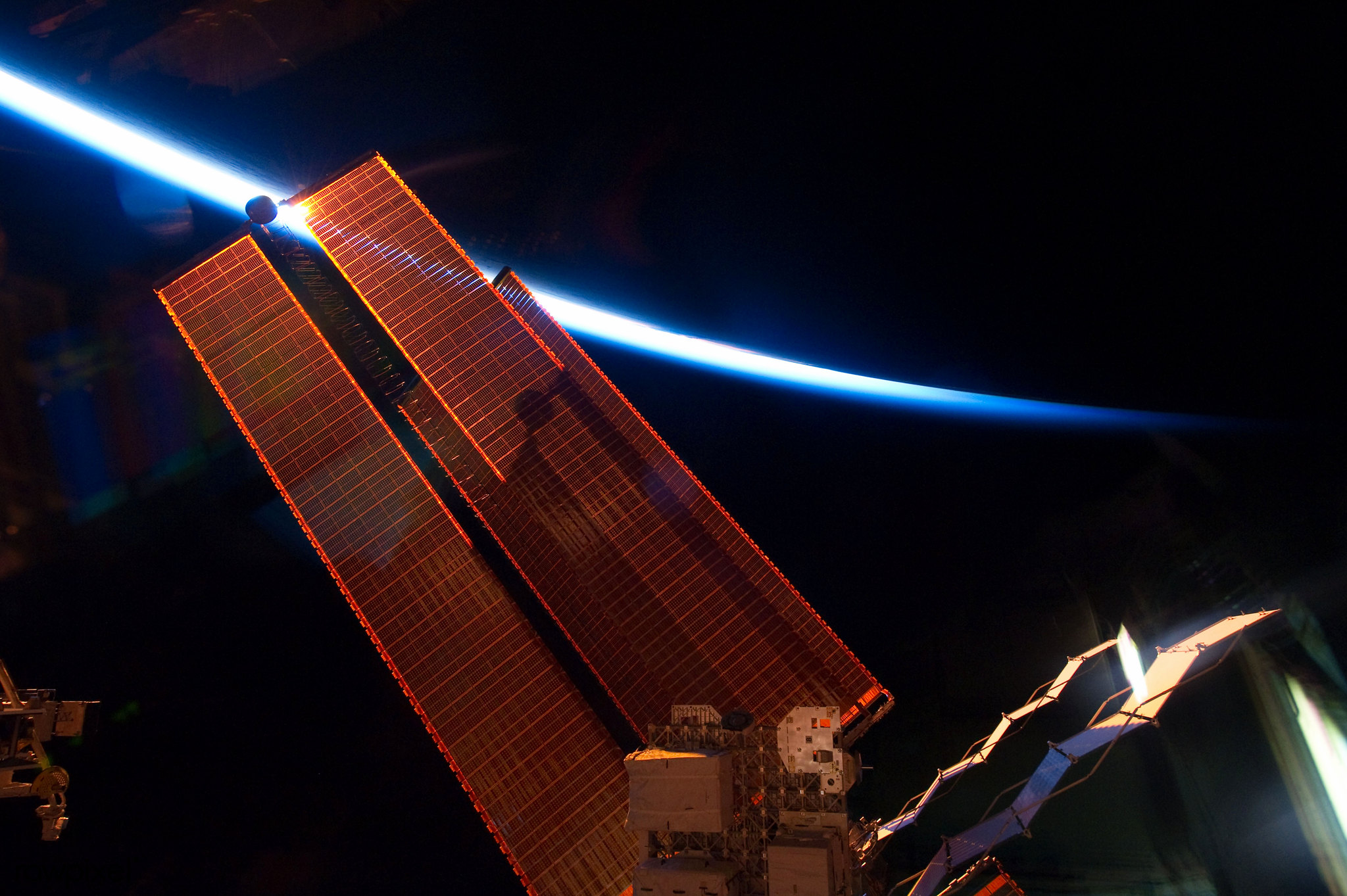
A ground-breaking year-long test to beam solar power to Earth from a satellite in space has come to an end with successful results.
The Space Solar Power Demonstrator (SSPD-1) project launched on January 3rd last year with the aim of showing the feasibility of harvesting the sun’s energy and transmitting it wirelessly back to our plant on a commercial scale.
The project was led by a team of scientists at the California Institute of Technology (Caltech) in the US, and the mission, according to The Independent, completed all three of its key trials to test the technology needed for harnessing the sun’s energy from space. The experiments included a new origami-inspired solar panel structure, varying cell designs, and a microwave transmitter.
The university said the success of the mission would “help chart the future of space solar power” but gave the caveat that a lot more research will need to be undertaken before it becomes a reality, as reported by The Independent.
Speaking to the newspaper, Thomas Rosenbaum, the Caltech president and a professor of physics, said, “Solar power beamed from space at commercial rates, lighting the globe, is still a future prospect. But this critical mission demonstrated that it should be an achievable future.”
In June last year, roughly halfway through the project’s lifecycle, Caltech released a statement sharing the success of one of the experiments being tested, namely, microwave transmission of solar power back to earth.
The statement said: “Wireless power transfer was demonstrated by MAPLE, one of three key technologies being tested by the Space Solar Power Demonstrator. MAPLE, short for Microwave Array for Power-transfer Low-orbit Experiment, consists of an array of flexible lightweight microwave power transmitters driven by custom electronic chips that were built using low-cost silicon technologies. It uses the array of transmitters to beam the energy to desired locations.”
Other Plans to Beam Solar Energy to Earth From Space
It is understood that the idea of fixing solar arrays in space with the aim of beaming clean energy to earth via microwaves was first proffered over fifty years ago, with scientists claiming that these setups would not be restricted by cloud cover.
According to The Independent, last year, Japanese Space Agency JAXA announced it had plans to create a commercial-scale solar farm in space by 2025, while the European Space Agency (ESA) has also said it aims to set up a development project as part of its Solaris program.
JAXA first succeeded in beaming solar power via microwaves in 2015, transmitting 1.8 kilowatts of power to a received fifty-five meters away, according to the newspaper.
Scientists at Caltech say: “Space solar power provides a way to tap into the practically unlimited supply of solar energy in outer space, where the energy is constantly available without being subjected to the cycles of day and night, seasons, and cloud cover—potentially yielding eight times more power than solar panels at any location on Earth’s surface.”
See all the latest news from Greece and the world at Greekreporter.com. Contact our newsroom to report an update or send your story, photos and videos. Follow GR on Google News and subscribe here to our daily email!



